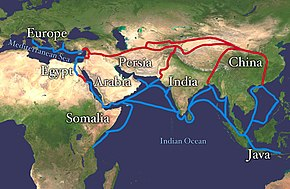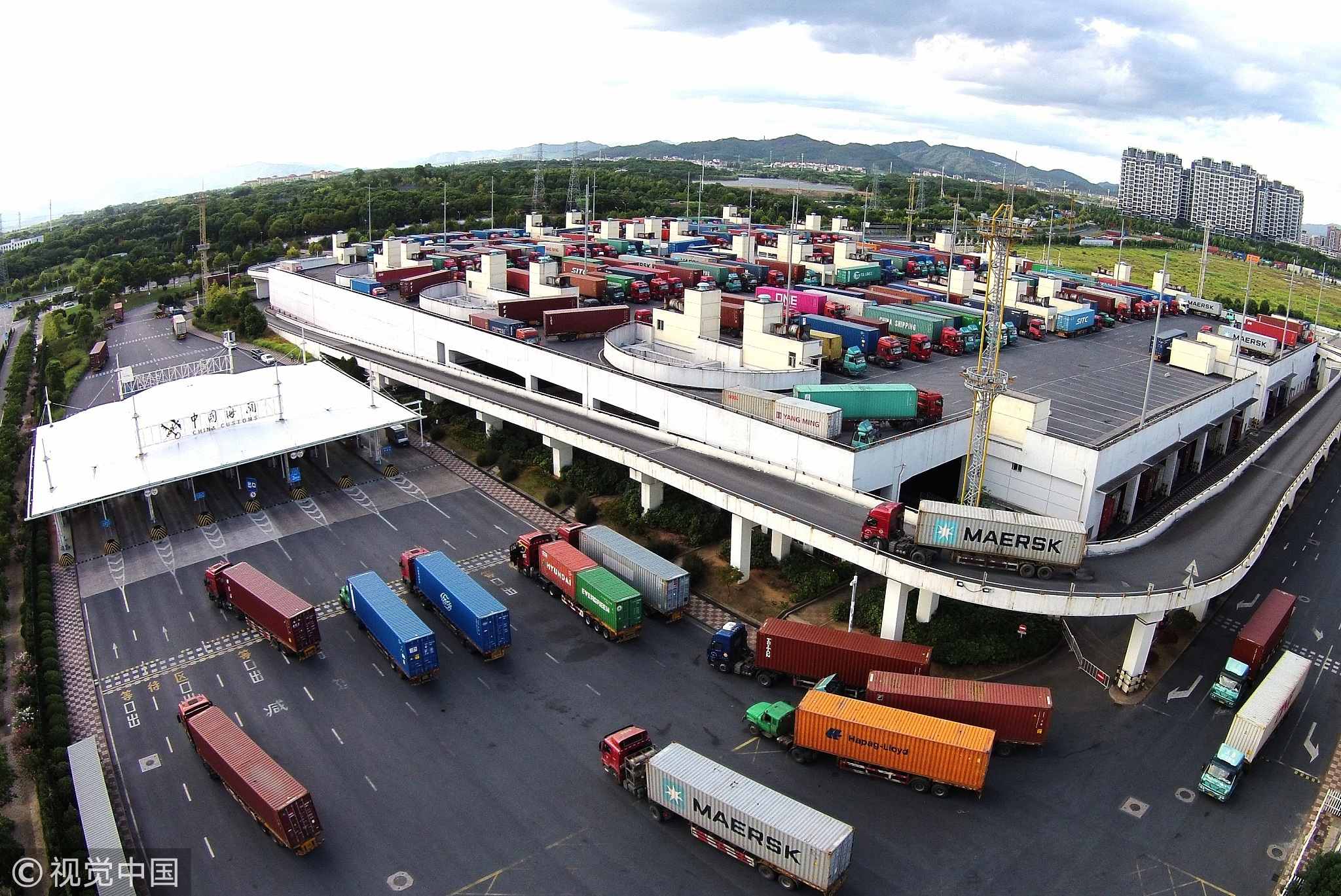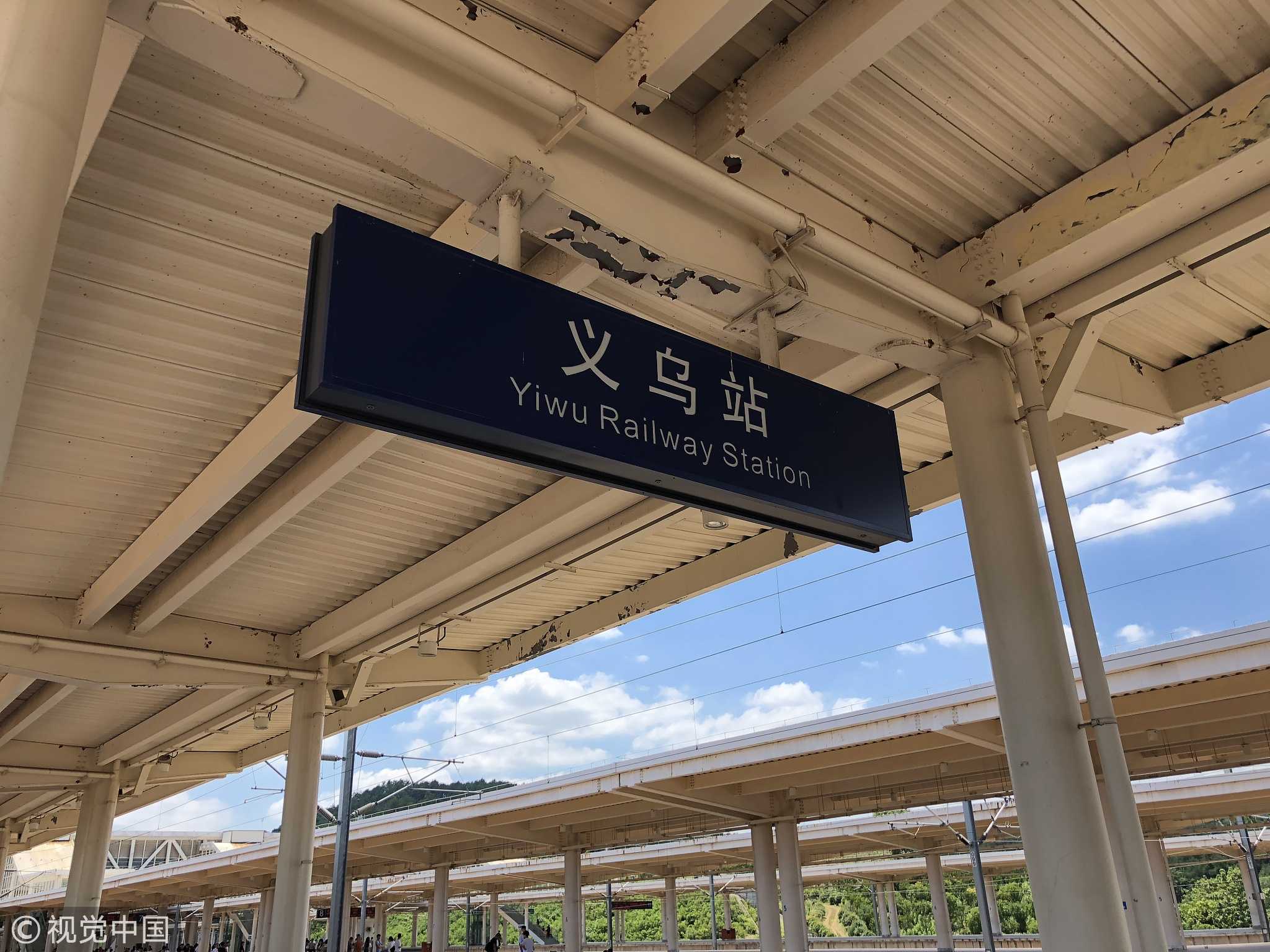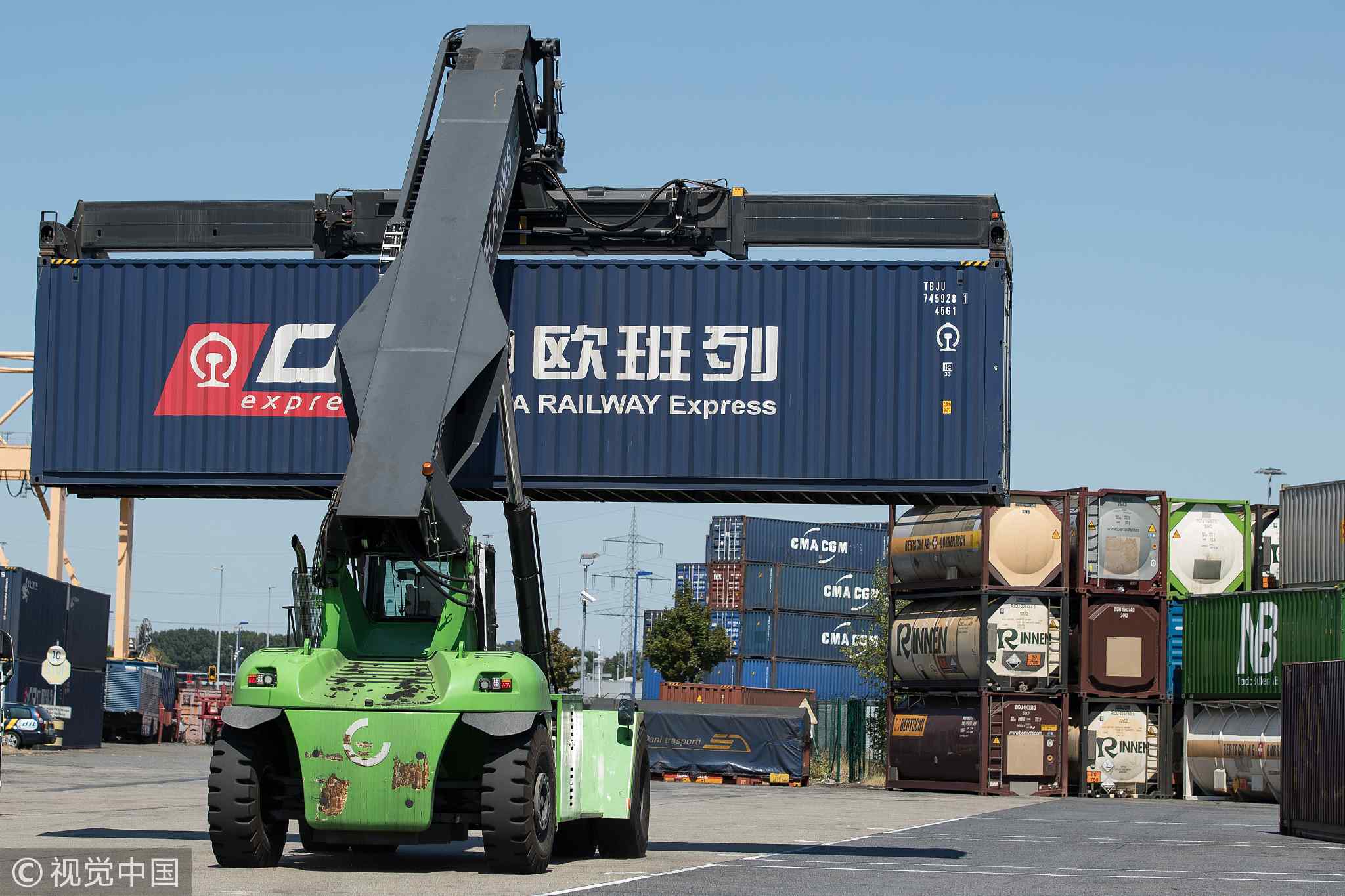
Culture
14:08, 03-Sep-2018
From Silk Road to Silk Railroad
Updated
13:49, 06-Sep-2018
By CGTN'S Rediscovering China
00:32

With its origins in the Han dynasty (207 BC–220 AD), the Silk Road was a series of trade routes that extended from China, across Central Asia, to as far as Europe. Historically, the Silk Road was a key link between China and the West. Along with it, not only goods but also ideas were exchanged between the two great civilizations of Rome and China.

The Silk Road / Wikipedia Photo
The Silk Road / Wikipedia Photo
However, a trip along the ancient Silk Road was never the romantic journey the name suggests. In the course of traveling thousands of kilometers, merchants had to contend with extremes of climate and terrain as they crossed snow-capped mountains and vast deserts. Such was the hardship, it was rare for anyone to undertake the entire journey. Instead, goods would usually be carried by teams of caravans, working in relays.
Time flies. Today, the camel caravans have been replaced by trains.
And goods are being shipped at speeds the ancient merchants could never have imagined.
Two thousand years ago, it would take a year for merchandise to be transported between China and Europe. But today, consumer goods can reach London in just 14 days, thanks to the Silk Railroad – an international freight railway network that connects China to cities across Europe.

Yiwu, Zhejiang Province, China. /VCG Photo
Yiwu, Zhejiang Province, China. /VCG Photo
A key stop on this network is Yiwu, in east China's Zhejiang Province. Today, the city is one of China’s leading trade hubs.
Until recently, goods from Yiwu bound for Europe would take a two-hour drive just to reach the nearest seaport in China. There, they followed a two-month journey across the ocean. Today, Yiwu is thriving, thanks to a direct overland rail connection to Europe – the Silk Railroad.
On the Silk Railroad, the reporters visit Yiwu railway station. From a massive freight terminal here that’s part of the multi-billion-dollar Belt and Road Initiative aimed at boosting international trade, cargo has been dispatched overland to Europe since 2014.

Yiwu Railway Station /VCG Photo
Yiwu Railway Station /VCG Photo
Madrid is one of the destinations. The 10,000-kilometer journey from Yiwu, across Kazakhstan, Russia, Belarus, Poland, Germany, France and into Spain, takes 16 days, compared with six weeks by sea. The trains, when they return, carry cargoes that include fine Spanish wines and other luxury items that are finding a growing market in China.
The Yiwu-Madrid line and other rail routes that are being established are carrying trade between China and Europe into a new era of connectivity.
Silk Railroad is the first-ever co-production by CGTN and NG (National Geographic). It is co-presented by British historian Sam Willis and CGTN reporter Li Qiuyuan. They investigate how the Silk Railroad is benefitting the countries and people along the route of the Belt and Road.

Approximately 25 trains a week use the 'Silk Road' connection between Duisburg and the Chinese city of Yiwu. /VCG Photo
Approximately 25 trains a week use the 'Silk Road' connection between Duisburg and the Chinese city of Yiwu. /VCG Photo
The documentary has been broadcast on National Geographic in about 140 countries, across Asia, Europe, Africa, and Latin America. It will soon air in another 30 countries, such as Australia, Japan, and Abu Dhabi.
Rediscovering China is a 30-minute feature programme offering in-depth reports on the major issues facing China today. It airs on Sundays at 10.30 a.m. BJT (02.30 GMT), with a rebroadcast at 11.30 p.m. (15.30 GMT), as well as on Mondays at 8.30 a.m. (00.30 GMT) and Fridays at 1.30 p.m. (05. 30 GMT).

SITEMAP
Copyright © 2018 CGTN. Beijing ICP prepared NO.16065310-3
Copyright © 2018 CGTN. Beijing ICP prepared NO.16065310-3